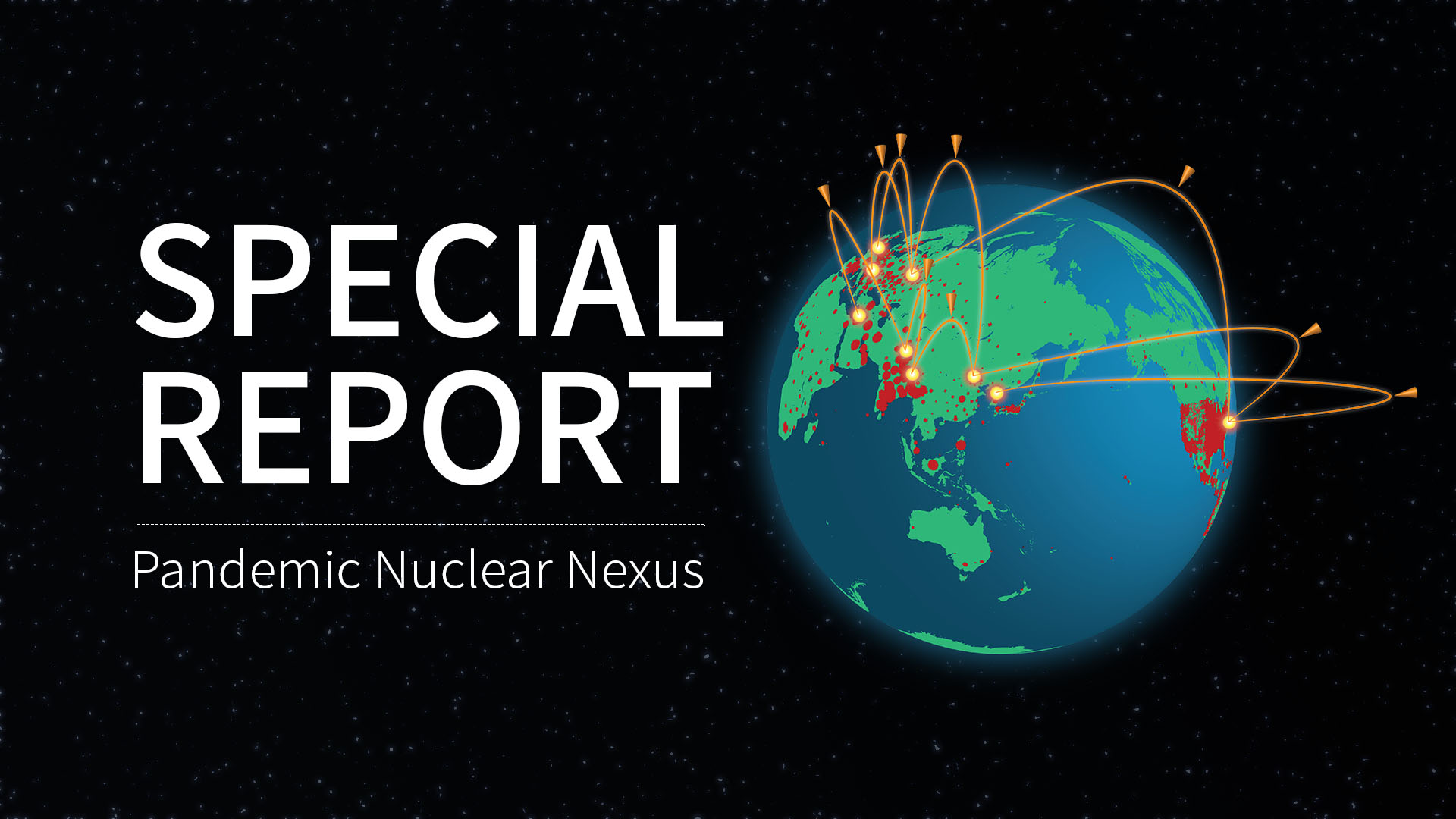SPECIAL REPORT: The Impact of a Regional Nuclear Conflict between India and Pakistan
Pandemic-Nuclear Nexus Scenarios Project
The Impact of a Regional Nuclear Conflict between India and Pakistan: Two Views
G. D. Hess
The severity of climatic effects of a regional nuclear conflict between India and Pakistan, involving the use of a hundred Hiroshima-scale nuclear weapons, is contested between two groups; Mills, et al. (2014) conclude that a global Nuclear Winter would occur; Reisner, et al., (2018) conclude that No Nuclear Winter would occur.
This paper discusses the different assumptions that lead to the two different conclusions. Specifically, it highlights the use of different fuel loading and different input methods for the amount and initial location of black carbon (BC) into the climate models, and discusses some underlying reasons for these different choices, including the question of what kind of fire will occur in the aftermath of a nuclear weapon being dropped on a densely populated city.
The paper also briefly discusses some physical phenomena that have not been considered by either group and lays out some questions for research before any definitive conclusion about the climatic effects of a limited nuclear war can be reached.
Keywords
Nuclear Winter, model uncertainty, soot-generation, firestorm.
About the Author
G. D. Hess was born in the United States where he studied atmospheric science. He came to Australia in 1970 and has worked in the area of Boundary-Layer Meteorology, which covers the physical, chemical and biological processes occurring in the lowest few kilometres of the Earth’s atmosphere. He retired from the Bureau of Meteorology 15 years ago. He is a former University Fellow at the University of Melbourne.

